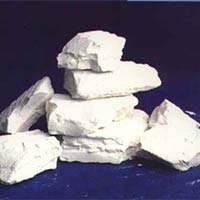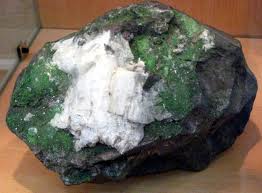Mica
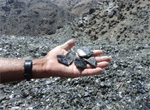
Mica
PHLOGOPITE MICA :
Phlogopite is a common form of mica, and it is usually distinguished by its brownish-red color. Phlogopite, like the other important mica's, can come in very large crystal sheets. Thin sheets can be peeled off as layers, and thin layers maintain an interesting metallic-looking transparency.
Biotite, another common mica, is recognized by the IMA as a mineral group of related micas rather then as an individual mineral type. Phlogopite is one of the member minerals of the Biotite group, and is chemically and structurally similar to the other Biotite minerals. It represents the magnesium rich end member of the Biotite group, whereas the other forms of Biotite are rich in iron.
Phlogopite contains three closely related minerals (some consider these as varieties):
- Tetraferriphlogopite: KMg3(Fe3+Si3O10)(OH)2
- Shirozulite: KMn3(AlSi3O10)(OH,F)2
- Fluorophlogopite: KMg3(AlSi3O10)F2
Phlogopite is very hard to clean because if washed it will absorb water internally and start to break apart. The best way to wash Phlogopite and other micas is with a dry electric toothbrush.
MICA SCRAP:
Mica scrap is the nomenclature given to the irregular lumps of mica as received from the mines having a area between 1/2" and 1 1/2" sq. This type of mica is mainly exported to plants all over the world to be made into a pulp used for the manufacturing of mica paper and reconstituted mica plates. Domestically, it is used as a raw material for the manufacture of mica flakes and powder
We supply Mica Scrap in sizes 1/2" and UP crushed or uncrushed for MAKING mica papers and mica board.
DIFFERENT ORIGIN OF MICA SCRAP
MICA SCRAP GRADE A: White mica scrap is generally found in Bihar region in mines like Bhana & Chatkari. White Mica is best suitable for the production of good quality Mica Paper & Board. Its Shine & Color makes it apt for the production of Paper & Board. White Mica Scrap is a specialty of Bihar/Jharkhand.
BLACK MICA SCRAP: We also manufacture black mica scarp in different sizes from ½ inch to 4 inch
MIXED MICA SCRAP: This is grade B Mica Scrap. It has various grades and qualities scrap mixed in it
GREEN MICA SCRAP: It is also used to manufacture Mica paper and Mica Board and can be used in flooring and also decorative purpose
GREEN MICA SCRAP GRADE B: We also supply grade b green mica scrap.
GREEN MICA :
Our company is one of the prime companies that export and manufacture an extensive range of Green Mica Blocks all over the world. Our products are made up of premium grade raw material bought from a trustable vendor in the market. These are available at different sizes and dimensions as per the requirement. We offer Ruby And Green Mica Blocks to our clients. Three different variants of mica block colour-wise: ruby mica blocks, green mica blocks, crude ruby mica block respectively.
These are various sizes in which mica blocks are available. Starting form the smallest (no. 6) to special mica blocks.
MUSCOTIVE MICA :
Formula: KAl2(AlSi3O10)(OH)2
System: Monoclinic
Hardness: 2½
Colour: White to colorless, ...
Member of: Mica Group
Name: The earliest names attributable to muscovite include: Muscovy Glass, Cat Silver, and Lapis Specularis (stone mirror); these names appearing in texts in the seventeenth century and before. The stand-alone name 'Muscovite' was used as early as 1794 by Johann Gottfried Schmeisser in his System of Mineralogy, and is derived from the term "Muscovy glass," which was in common use by that time. Muscovy Province in Russia yielded sheet mica for a variety of uses. Muscovite and sometimes similar species were earlier called: mica (Phillips and Kersey, 1706), glimmer (Phillips and Kersey, 1706), and isinglass (1747 according to OED): but all of these terms are still in use to some degree. It should be noted that mica, glimmer, and isinglass were also used for a variety of materials before these given dates and in those earlier times did not always indicate what would be a mineral, much less muscovite proper. Isinglass, for example, was originally used for a gelatinous bladder found in sturgeon.
Mica Group.
The most common of the Mica Group minerals, it is typically found as massively crystalline material in "books" or in flaky grains as a constituent of many rock types. It is clear with a pearly luster on cleavage faces, often having a sparkly look in rocks.
Several polytypes are known (see below).
It can form a continuous series with celadonite and aluminoceladonite; intermediates are known as the variety phengite and K-deficient variants as illite
Classification of Muscovite
IMA status : Valid - first described prior to 1959 (pre-IMA) - "Grandfathered"
Explanation of status : Officially approved by the Mica Subcommittee 1998.
Strunz 8th edition ID : 8/H.10-70
Occurrences of Muscovite
Geological Setting: Muscovite is common in many different rock types as a primary mineral.
Physical Properties of Muscovite
Lustre : Vitreous, Silky, Pearly
Diaphaneity (Transparency) : Transparent, Translucent
Colour : White to colorless, silvery-white, and tinged various colors by impurities.
Streak : White
Hardness (Mohs) : 2½
Hardness Data : Measured
Comment : 2.5 parallel to [001], 4 perpendicular to [001]
Tenacity : Elastic
Cleavage : Perfect Perfect on {001}.
Parting : On {110} and {010}.
Fracture : Micaceous
Density (measured) : 2.77 - 2.88 g/cm3
Density (calculated) : 2.83 g/cm3
Send Enquiry
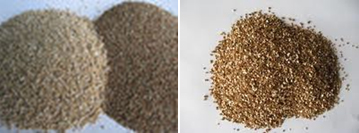
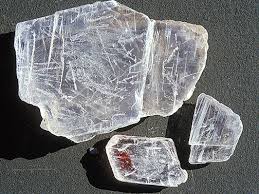

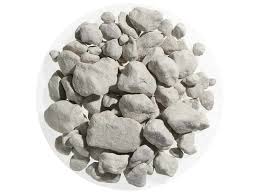
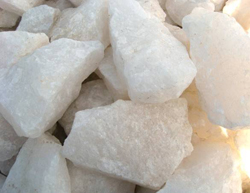
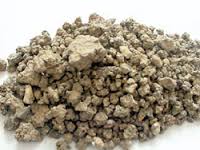
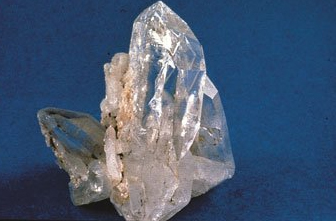
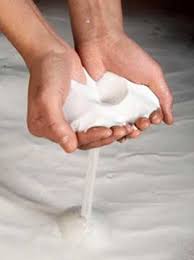
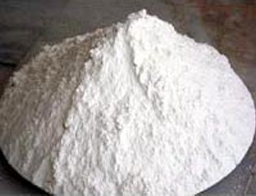
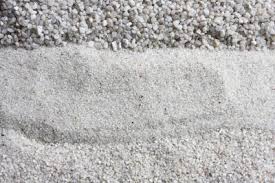
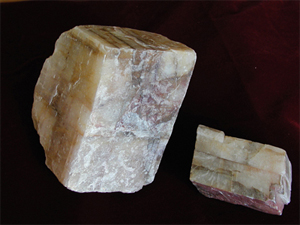
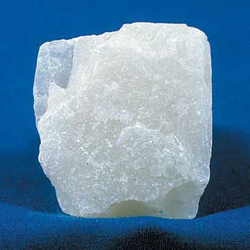
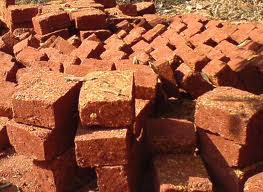
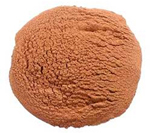
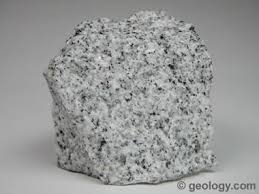
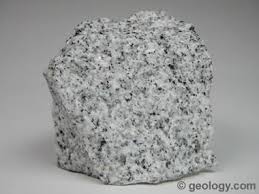
.jpg)
